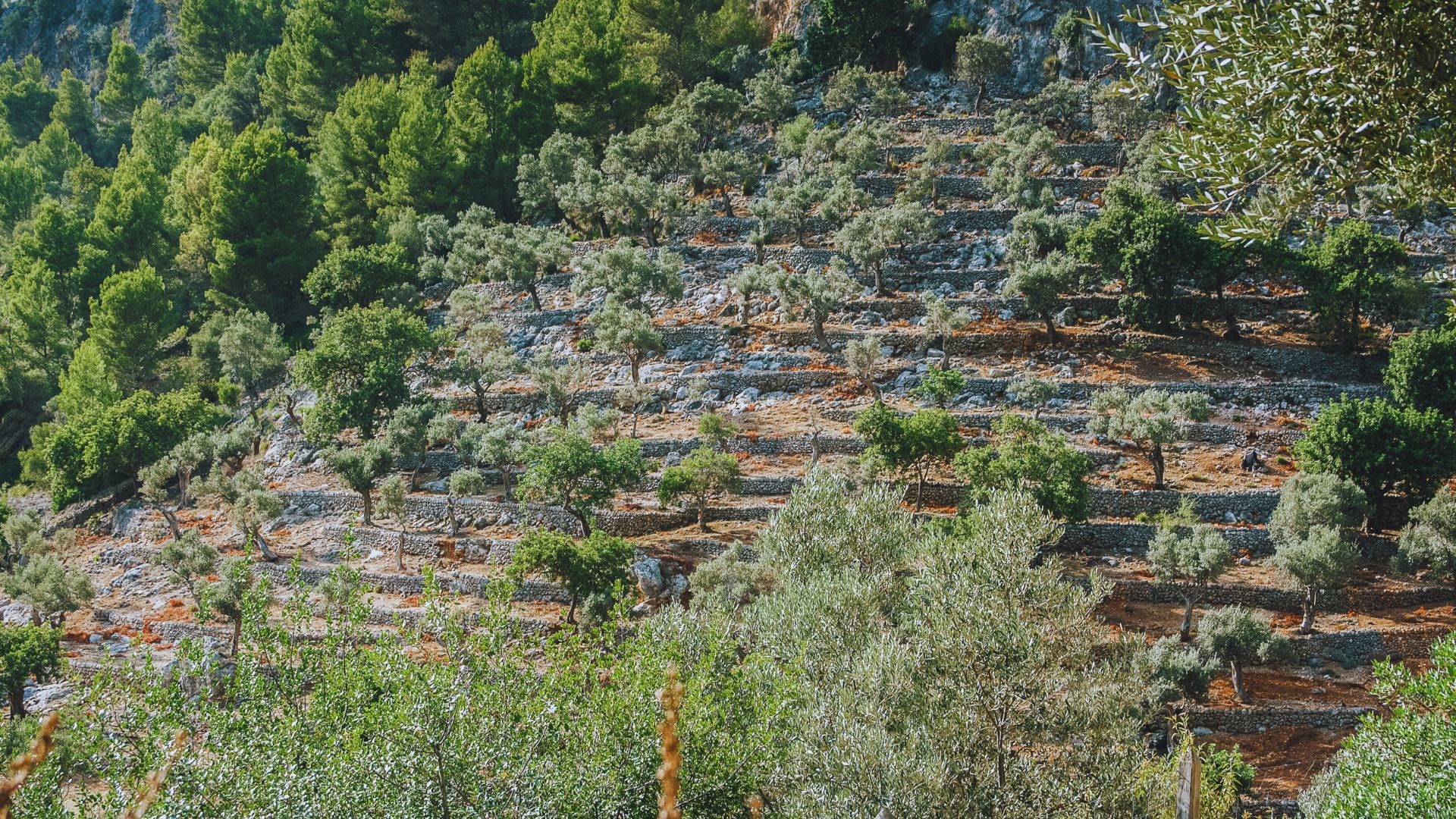Agricultural Techniques in the Cyclades: Managing Soil Salinity and Erosion
Traditional Agricultural Techniques in the Cyclades: Scientific Foundations and Contemporary Applications
The Cyclades, an archipelago in the Aegean Sea, have a rich agricultural history shaped by unique geographical and climatic conditions. This article explores several traditional agrarian techniques used in the Cyclades, categorized into those involving tillage and planting. It delves into the scientific principles underpinning each method and discusses their relevance to contemporary agricultural practices, particularly for managing soil salinity.
The Influence of Geology & Climate on Agriculture in the Cyclades: Addressing Soil Salinity Challenges
The Cyclades, known for their rugged terrain and arid climate, have long relied on innovative agricultural techniques to sustain their populations. The unique geological history of the Cyclades, particularly the volcanic activity of Santorini, has significantly influenced the soil types across the islands. Volcanic soils in the Cyclades are rich in minerals such as phosphorus, potassium, calcium, magnesium, and trace elements like iron, manganese, and zinc. These volcanic soils, known as andisols, are typically well-draining and have good physical properties for plant growth. However, the high mineral content and salinity caused by seawater intrusion can lead to increased soil salinity, especially in regions with limited freshwater resources and high evaporation rates. Soil salinity poses a significant challenge as it affects the ability of plants to uptake water and nutrients, leading to reduced crop yields and soil degradation. This necessitates the development of agricultural techniques that can mitigate the effects of salinity while enhancing soil fertility and water efficiency.
This article examines several traditional agricultural techniques used in the Cyclades, categorizing them into those involving tillage and planting. It explains their scientific principles and relevance to contemporary farming practices, mainly focusing on soil salinity management.
Agricultural Techniques Involving Tillage
- Terracing
Terracing involves constructing stepped fields on slopes, which helps prevent soil erosion by reducing the velocity of water runoff (Messa et al., 2024). It conserves water by enhancing water infiltration and retention, which is crucial in the Cyclades’ dry climate. The structure of terraces can create microclimates beneficial for crop growth (Shi et al., 2022). Modern sustainable agriculture uses terracing in arid and semi-arid regions worldwide. Techniques have been refined with modern engineering to enhance durability and effectiveness.
- Dry Farming – Rainfed Farming
Dry farming relies on the moisture stored in the soil from the rainy season for crop production during dry periods. Practices such as deep plowing and soil mulching conserve soil moisture. Additionally, it is crucial to select crops genetically adapted to dry conditions. With increasing water scarcity, dry farming is gaining attention as a viable method for producing food in drought-prone areas. Innovations include improved crop varieties and soil management techniques.
Agricultural Techniques Involving Planting
- Mulching with Seaweed
Using seaweed as mulch is a traditional practice in the Cyclades, where seaweed is spread over the soil to conserve moisture and enhance fertility.
Scientific Basis – Theoretical background -> Benefits
- Soil Moisture Retention: Seaweed mulch reduces evaporation from the soil surface.
- Nutrient Enrichment: Seaweed is rich in essential nutrients like potassium, magnesium, and iodine, which enrich the soil.
- Soil Structure Improvement: Organic matter from decomposing seaweed improves soil structure and microbial activity.
Contemporary Uses – Practical Applications
Organic farmers and gardeners worldwide adopt seaweed mulching for its natural fertilizing properties and sustainability. Research into optimal application methods and long-term effects on soil health is ongoing.
- Use of Windbreaks
Windbreaks are often created of local vegetation or constructed barriers to protect crops from the strong Aegean winds. They reduce physical damage to crops and soil erosion. Additionally, they create more favorable growing conditions by moderating temperature and reducing evaporation rates. Using Australis Phragmites, commonly known as common reeds, as a windbreak can offer several benefits.
Techniques Involving Soil Salinity Management
- Use of Salt-Tolerant Crops
Cultivating salt-tolerant crops is a traditional practice in areas with saline soils, common in the Cyclades due to seawater intrusion and limited freshwater availability. Cultivating halophytes is a recognized method for phytoremediation, mitigating salinity while providing income through the sale of various agricultural products. Salt-tolerant crops have physiological and biochemical mechanisms that allow them to survive and produce yields in saline conditions. These crops help maintain soil structure and fertility by preventing the buildup of toxic salt levels.
- Gypsum Application
Applying gypsum (calcium sulfate) to saline soils is a traditional method to improve soil structure and reduce salinity levels. It remains a widely used soil amendment in modern agriculture for improving soil health. Advances include precise application techniques and integration with other soil management practices.
Scientific Basis Scientific Basis – Theoretical background -> Benefits
- Ion Exchange: Gypsum replaces sodium ions in the soil with calcium ions, which helps leach out sodium and reduce soil salinity.
- Soil Structure Improvement: Calcium ions improve soil aggregation, enhancing water infiltration and root penetration.
Integrated Techniques
- Beekeeping Structures on Terraces
Beekeeping structures are integrated into the terraced agricultural landscape on the island of Andros. This practice involves constructing bee boles in drystone walls to house beehives and is increasingly recognized for its role in sustainable agriculture. Modern practices include designing landscapes that support both crop production and pollinator health.
References
- Messa, Vinícius & Zanardini, Loreci & Secco, Deonir & Castro, Mayra & Ruppenthal, João & Zago, Emmanuele & Montiel, Caroline & Bassegio, Doglas. (2024). Influence of tillage practices and rainfall intensity on runoff and soil erosion under simulated rainfall. Scientia Plena. 19. 10.14808/sci.plena.2023.120203.
- Shi, X., Song, X., Zhao, G., Yang, Q., Abbott, L. & Li, F.-M. (2022). Manure Application Is the Key to Improving Soil Quality of New Terraces. Sustainability. 14. 15166. 10.3390/su142215166.
- (1) “Dry Farming”. California Agricultural Water Stewardship Initiative. Retrieved 27 April 2016.
Further reading
Soil salinization and how farmers can overcome it
Salt-Tolerant Plants: 10 options for gardens near the sea











































































